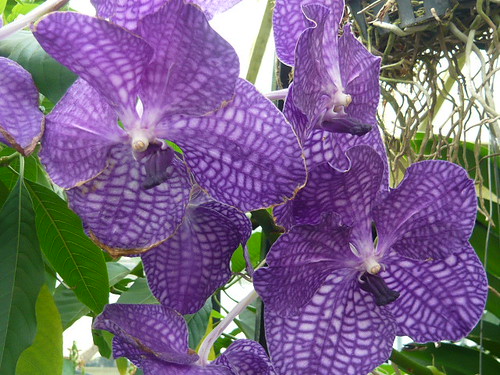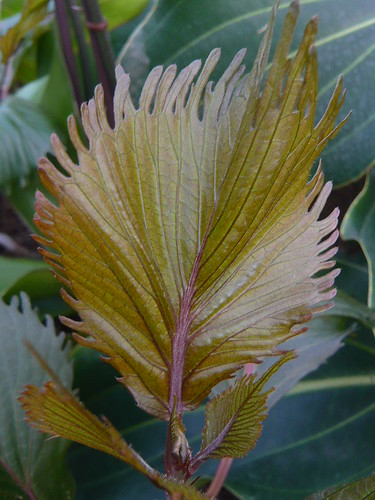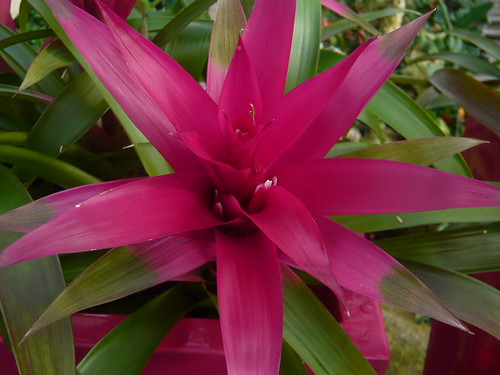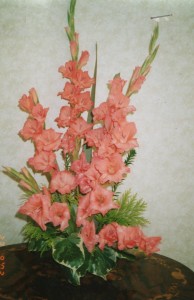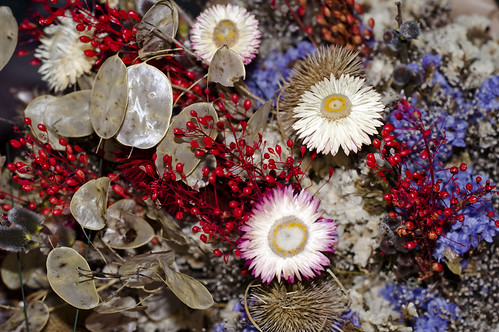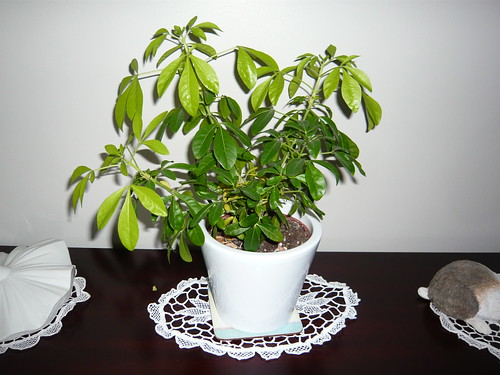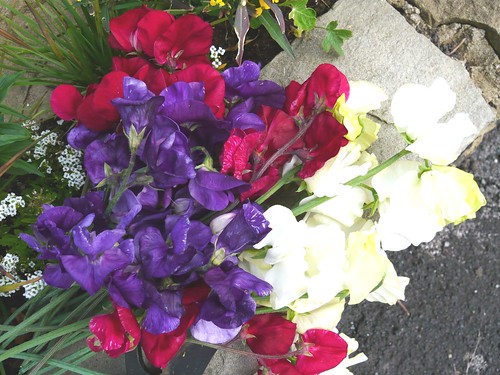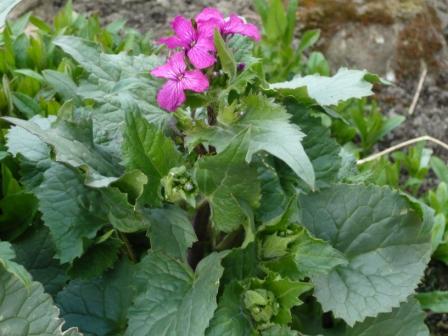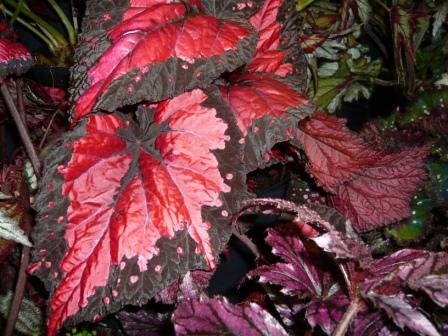
Gardeners like growing plants and in winter the best location to do this is indoors or a heated greenhouse and foliage houseplants are one group that work well in these environments.
Begonia masoniana has rough surface leaves with a distinctive central brown cross. The plant grows to a good size in the right conditions but may loose some lower leaves in winter. Begonia Rex above is available in all sorts of shapes and colours of leaf and can be propagated from leaf cuttings.
Ferns like the Maidenhair fern Adiantum make shapely plants with fine green leaves on black stems. Ficus, Yucca, Dracaena and Fatshedera plants are currently less fashionable (thank goodness) but you may wish to try a Creeping Fig Ficus Pumila with small oval leaves.
The old varieties are often the better for longevity than style so Tradescantia, Spider plants (St Bernards lily) Chlorophytum comosum variegatum and Aspidistra elatior with its large, tough, sword shaped leaves are still popular. These plants will survive most conditions but thrive when given good conditions.
For architectural leaves I like the Bromeliad family like Cryptanthus Foster’s Favouirite or Cryptanthus bromelioides tricolour with pink green and white leaves. Neoregelia carolinae tricolour has a rosette of leaves that creates an urn for water.
Houseplants can help keep a room fresh, produce oxygen, add precious moisture and filter toxins to reduce pollution. They are better value than a bunch of flowers and with the right TLC can last for years. For a last selection try the Peperomia family Magnoliaefolia Desert Privet, Argyreia, Caperata or the grey green leaved Hederaefolia
 Buy from Amazon
Buy from Amazon



